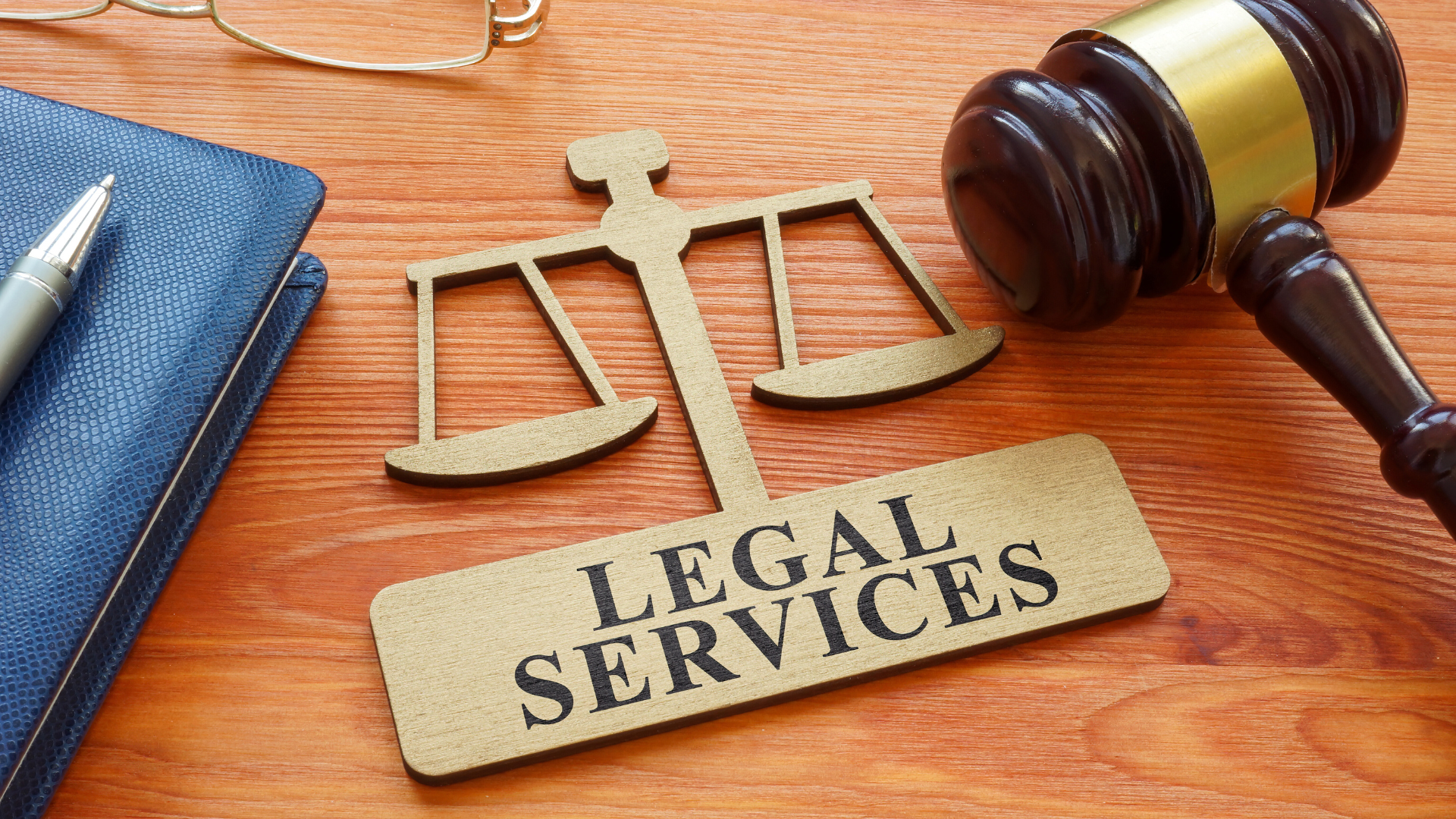Being terminated from a job can be a distressing experience, especially if there are underlying issues of discrimination involved. Filing a discrimination lawsuit after being fired is possible if the individual can prove that the termination was based on protected characteristics, such as race, gender, age, or disability. Understanding the criteria and procedures for such a claim can help individuals navigate the legal landscape effectively.
Employees who believe they have been wrongfully terminated often wonder about their legal rights and options. Documenting incidents of discrimination, such as verbal remarks or unequal treatment, is crucial in building a strong case. The timeframe for filing a lawsuit can vary depending on federal and state laws, making it essential to act promptly.
Navigating the complexities of employment law can be daunting. Seeking guidance from legal professionals specializing in discrimination cases can provide clarity and increase the chances of a successful outcome. By staying informed and proactive, individuals can take the necessary steps toward seeking justice.
Understanding Employment Discrimination
Employment discrimination occurs when an individual faces unfair treatment in the workplace based on specific characteristics. These characteristics often include race, color, religion, sex, national origin, age, disability, and genetics.
Harassment is another form of discrimination that can create a hostile work environment. This includes unwelcome behavior or comments related to a protected characteristic, such as sexual harassment or racial slurs.
Retaliation refers to adverse actions taken against employees who engage in protected activities. If an employee reports discrimination or participates in an investigation, retaliation can manifest as wrongful termination or demotion.
The Equal Employment Opportunity Commission (EEOC) plays a vital role in addressing discrimination claims. Employees can file complaints with the EEOC if they believe they have experienced discrimination or harassment.
Key points to consider include:
- Protected Activities: Actions that employees can take to assert their rights.
- Types of Discrimination: Direct discrimination, indirect discrimination, and harassment.
- Legal Framework: Relevant laws include Title VII of the Civil Rights Act, the Age Discrimination in Employment Act, and the Americans with Disabilities Act.
Understanding these elements is crucial for those who may consider filing a discrimination lawsuit after being fired. Recognizing what constitutes discrimination can empower individuals to seek justice through appropriate legal channels.
Legal Framework and Filing a Complaint
Filing a discrimination lawsuit after termination involves understanding various legal aspects and procedures. Specific grounds must be identified, and a complaint must be filed through appropriate channels, often beginning at the federal or state agency level.
Recognizing Wrongful Termination
Wrongful termination occurs when an employee is fired in violation of federal or state laws. This includes dismissals based on race, gender, age, disability, or other protected characteristics. It can also involve violations of employment contracts or public policy exceptions, such as retaliatory firings for whistleblowing or refusing to participate in illegal activities.
Employees must be aware that many states follow at-will employment principles, allowing termination for almost any reason. However, if the termination breaches specific laws or contracts, a basis for a wrongful termination claim may exist.
Grounds for a Discrimination Lawsuit
Valid grounds for filing a discrimination lawsuit include identifiable patterns of unfair treatment in the workplace. This encompasses actions taken based on protected characteristics, such as:
- Race
- Color
- Sex
- Religion
- Disability
- Age (40 or older)
These factors must demonstrate that the employee faced unfavorable actions due to their identity. Evidence such as emails, performance reviews, or witness statements can substantiate claims, making it vital for the former employee to gather supporting documentation.
The EEOC Complaint Process
The Equal Employment Opportunity Commission (EEOC) is a federal agency that handles discrimination complaints. Before filing a lawsuit, individuals typically must submit a complaint to the EEOC within 180 days of the discriminatory act, although this period can extend to 300 days in some states.
Once the complaint is submitted, the EEOC conducts an investigation. They will determine if there is reasonable cause to believe discrimination occurred. If so, they may facilitate a settlement between the employer and the employee. If no resolution is reached, they issue a “right to sue” letter, allowing the employee to file a lawsuit.
State Agencies and Laws
In addition to federal laws enforced by the EEOC, many states have their own anti-discrimination laws and agencies. These may provide additional protections beyond federal guidelines and can vary in terms of filing deadlines and complaint processes.
Employees may choose to file complaints with state agencies, which may offer more expedited resolution processes. Additionally, some state laws extend protections to smaller employers or add further categories. Understanding the local legal framework is essential for compliance and effective filing.
After Filing a Lawsuit
After a discrimination lawsuit is filed, several critical steps follow that can significantly impact the outcome of the case. Gathering evidence, securing legal representation, and understanding the potential outcomes are all essential for navigating the legal process effectively.
Collecting and Organizing Evidence
Collecting evidence is a crucial step after filing a discrimination lawsuit. This includes gathering documents such as performance reviews, emails, and any communication that supports the claim.
Types of Evidence:
- Documentation: Maintain copies of all relevant documents.
- Witness Statements: Obtain statements from coworkers who can support the case.
- Comparative Evidence: Gather information about other employees in similar situations.
Organizing this evidence systematically can enhance clarity and strengthen the case. Using a mix of physical and digital formats can simplify access during court proceedings.
Seeking Legal Representation
Retaining an employment lawyer is vital for navigating the complexities of a discrimination lawsuit. An experienced attorney can provide essential legal advice, ensuring the individual’s rights are protected throughout the process.
Benefits of Legal Counsel:
- Expertise: Lawyers understand discrimination laws and how to present a case.
- Contingency Fees: Many employment attorneys work on a contingency basis, meaning they only get paid if the case is won.
- Negotiation Skills: A lawyer can negotiate settlements, which may include back pay or punitive damages.
Legal representation increases the likelihood of a favorable outcome, as attorneys can advocate effectively in hearings and court.
Understanding Potential Outcomes
Being aware of potential outcomes is crucial for anyone involved in a discrimination lawsuit. Different scenarios can unfold based on the evidence and arguments presented.
Possible Outcomes:
- Settlement: Many cases settle out of court, often involving a financial compensation package for the plaintiff.
- Court Ruling: The case may go to trial, where a judge or jury decides the outcome.
- Damages: If successful, the plaintiff may receive back pay, punitive damages, or other compensation.
Understanding these outcomes can help plaintiffs manage expectations and prepare for the different trajectories their cases might take.
Protection for Employees and Whistleblowers
Employees have various protections against discrimination and retaliation, especially when reporting illegal activities or unsafe conditions. These protections are crucial for maintaining workplace integrity.
Whistleblower Protections Under laws like the Occupational Safety and Health Administration (OSHA) regulations, employees who report safety violations or hazardous conditions are protected from retaliation. This includes protections for those who provide information to the Department of Labor.
Types of Violations
Common grounds for whistleblower claims include:
- Safety Violations: Reporting unsafe working conditions.
- Fraud: Exposing financial misconduct.
- Hostile Work Environment: Reporting harassment or discrimination violations.
- Family and Medical Leave Act (FMLA): Speaking out about FMLA rights.
Key Entities Involved:
- Witnesses: Individuals who provide testimony can also seek legal protection.
- OSHA: Responsible for enforcing safety laws and protecting whistleblowers.
- Department of Labor: Oversees various labor standards and employee rights.
Employers are prohibited from retaliating against employees who exercise these rights. Affected individuals should document incidents and consider seeking legal advice to explore their options.




